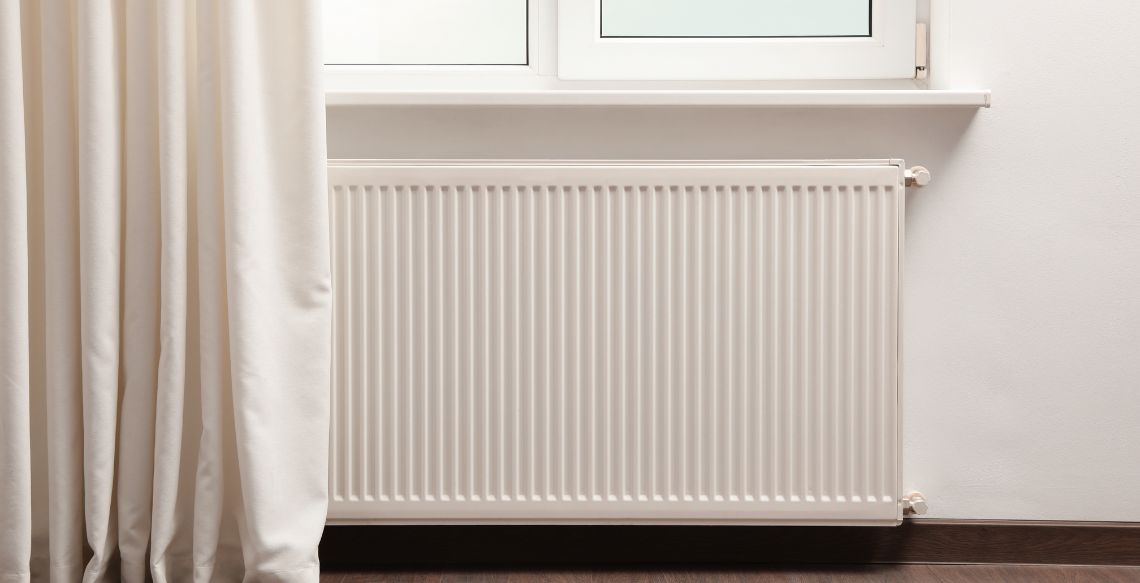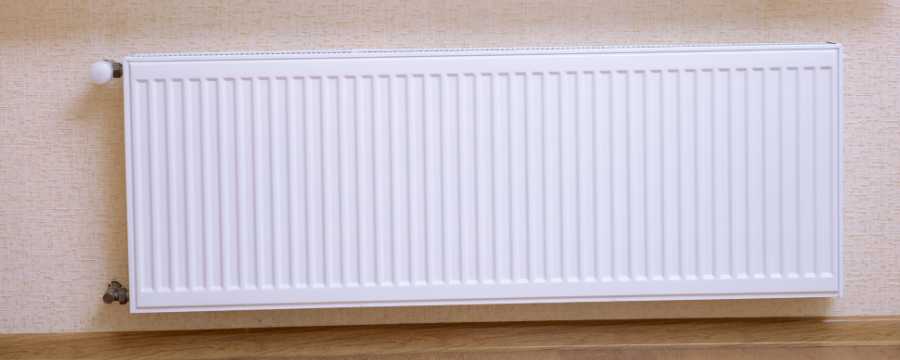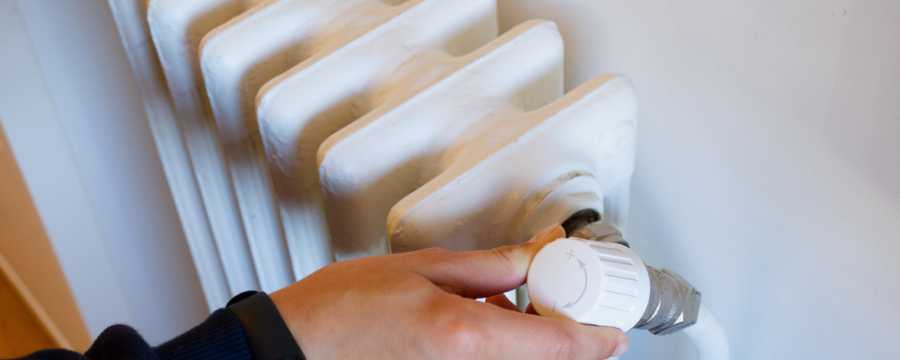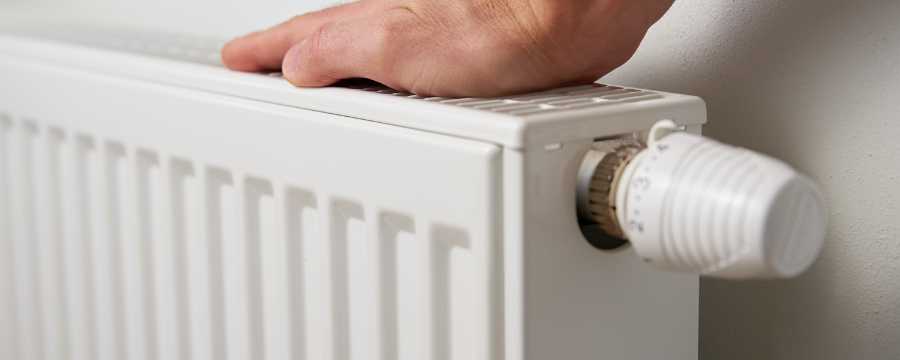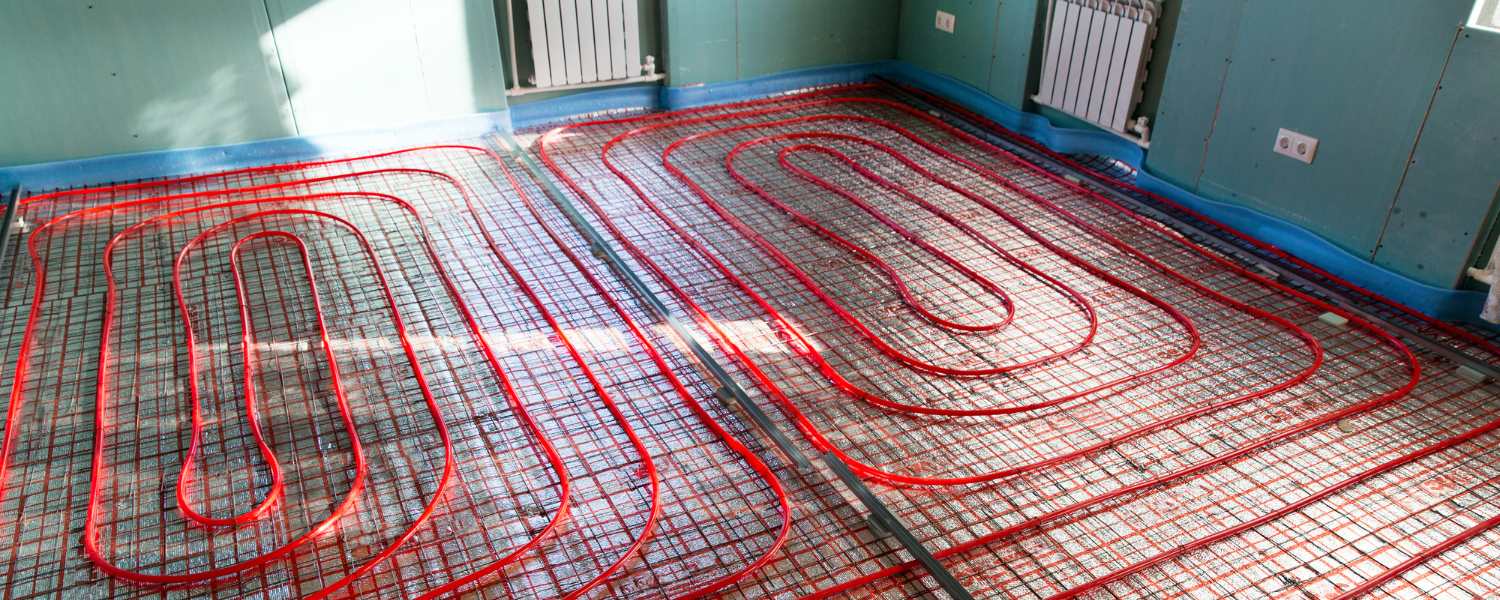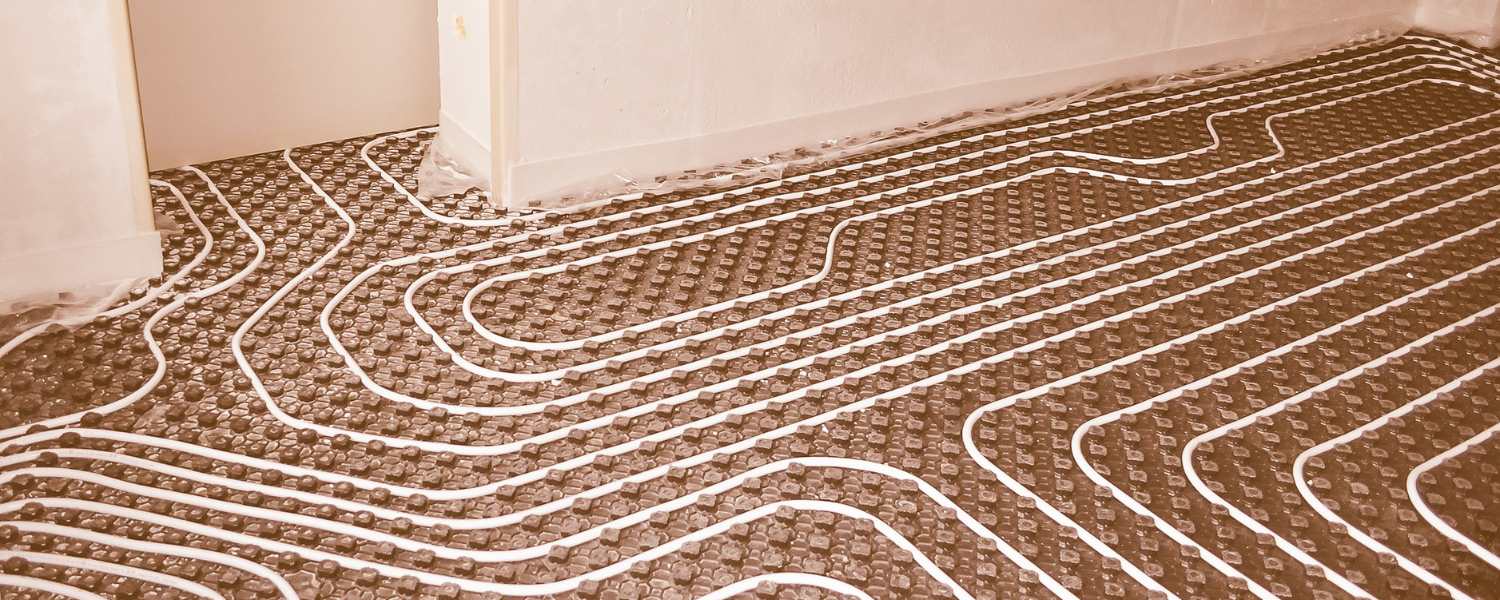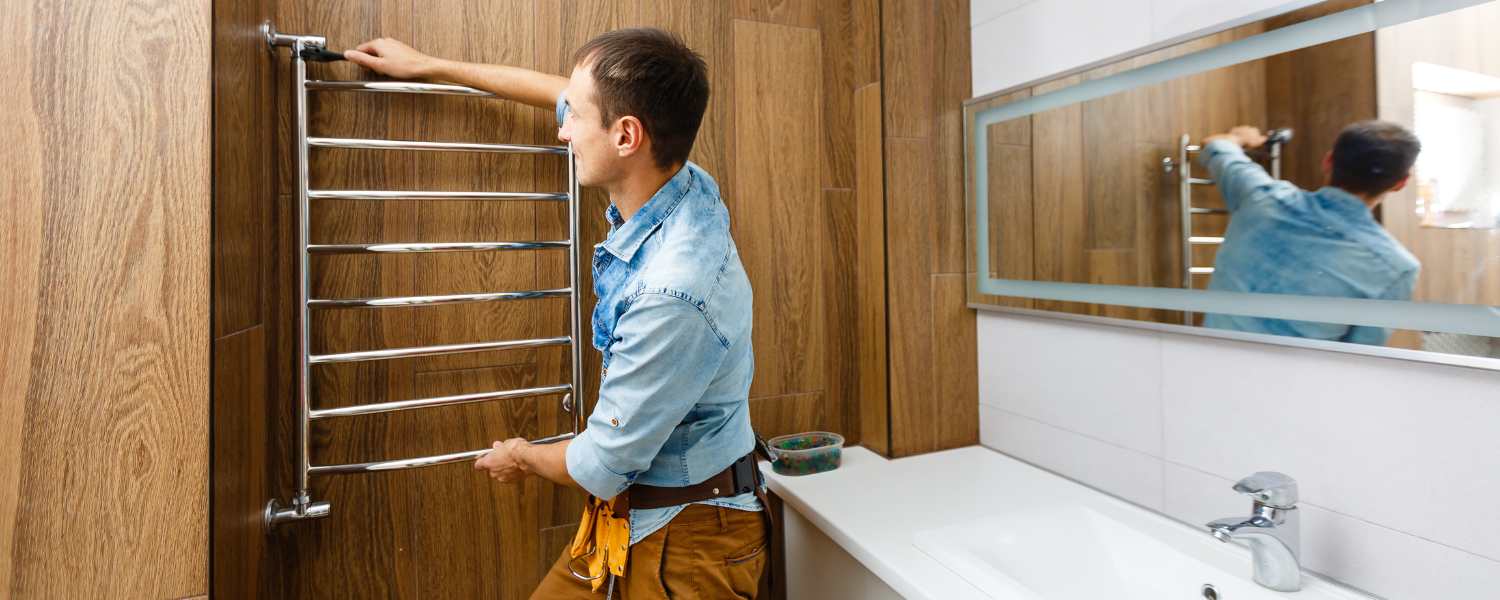As the leaves turn and the chill of winter starts to creep into the air, it’s a clear reminder that it’s time to give your furnace the attention it deserves.
Annual furnace maintenance is not just about keeping the heat flowing; it’s about ensuring your home’s safety, efficiency, and comfort throughout the cold months.
In this comprehensive guide, we’ll delve into the importance of furnace maintenance, provide a detailed checklist to ensure your system is winter-ready, offer troubleshooting tips, and outline the advantages of making this a yearly ritual.
With a focus on quality service, such as that provided by Life Mechanical in Victoria, BC, we aim to equip you with all the knowledge you need to maintain a warm and safe home environment.
WHY IS FURNACE MAINTENANCE IMPORTANT?
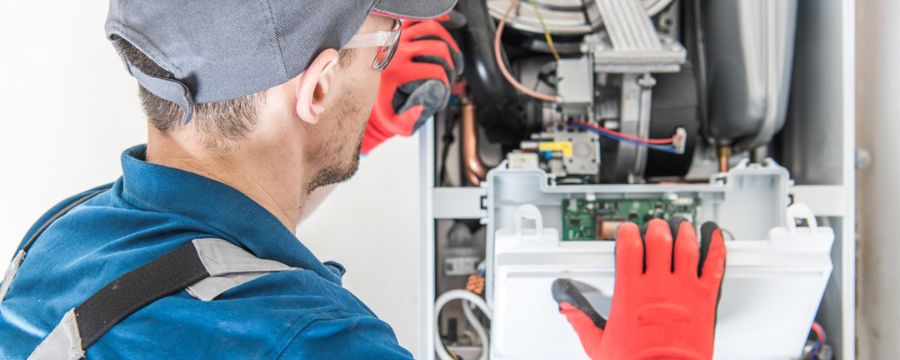
Regular furnace maintenance is crucial for several reasons. First and foremost, it ensures the safety of your home and family.
A well-maintained Furnace is less likely to develop dangerous issues, such as gas leaks or carbon monoxide production.
Additionally, annual check-ups can significantly extend the lifespan of your HVAC system by identifying and rectifying minor issues before they escalate into costly repairs.
Maintenance also enhances energy efficiency, reducing monthly heating bills and contributing to a more sustainable environment.
Annual Furnace Maintenance Checklist
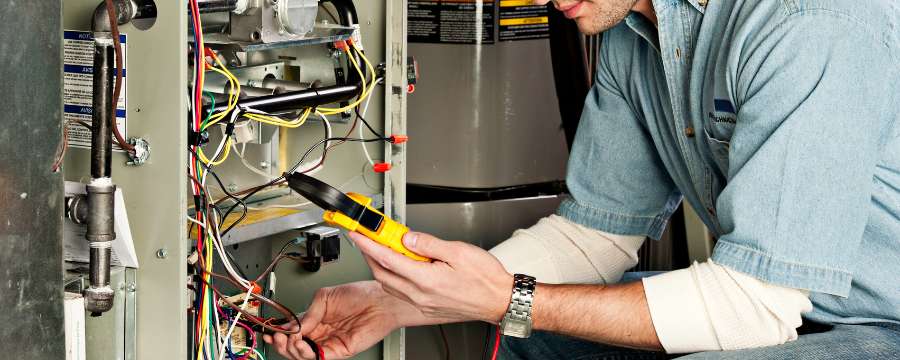
To keep your furnace in top condition, follow this comprehensive checklist:
- Filter Replacement: Change or clean the furnace filter every three months, or as recommended by the manufacturer. A clean filter improves air quality and efficiency.
- Thermostat Check: Ensure your thermostat is functioning correctly and consider upgrading to a programmable model for better energy management.
- Blower Maintenance: Inspect the blower assembly and clean or repair any components as necessary to maintain optimal airflow.
- Ventilation System: Check the furnace’s ventilation system for blockages or leaks, which can affect performance and safety.
- Electrical Connections: Tighten all electrical connections and measure voltage and current on motors to prevent electrical hazards.
- Lubrication: Lubricate all moving parts to reduce friction and wear, prolonging the life of these components.
- Condensate Drain: Inspect and clean the furnace’s condensate drain to prevent water damage and mould growth.
- System Controls: Test the system’s start cycle, operation, and shut-off sequence to ensure everything functions as it should.
TROUBLESHOOTING
Even with diligent maintenance, furnaces can encounter issues. Common problems include no heat or insufficient heat, frequent cycling, noisy operation, and the blower continuously running.
Before calling a professional, check that the thermostat is set correctly, filters are clean, and circuit breakers are on. If these simple checks don’t resolve the issue, it’s time to seek expert assistance.
Advantages of Undertaking Annual Furnace Maintenance

The benefits of annual furnace maintenance are numerous, including:
- Enhanced Safety: Reduces the risk of fire and exposure to toxic gases.
- Increased Efficiency: Maintains the furnace’s energy efficiency, saving on utility bills.
- Prolonged Lifespan: Prevents wear and tear, extending the system’s operational life.
- Improved Air Quality: Ensures clean, healthy air circulates throughout your home.
- Peace of Mind: Provides reassurance that your furnace will work reliably through the winter.
What’s Included in Furnace Maintenance?
A professional furnace maintenance service, such as those provided by Life Mechanical, known as one of the best plumbers in Victoria, BC, typically includes a thorough inspection and cleaning of your furnace’s key components, especially focusing on natural gas furnaces.
This comprehensive service offers the advantage of ensuring the safety and efficiency of your heating system by checking the heat exchanger for cracks, testing safety controls, and inspecting the gas line for leaks, which is crucial given the advantages and disadvantages of natural gas as a fuel source.
Moreover, the service verifies the system’s overall operation, thereby mitigating the disadvantages associated with natural gas usage, such as potential gas leaks, and ensuring that your furnace operates at peak efficiency.
What Does a Furnace Cleaning Include?
Furnace cleaning involves removing dust, debris, and other contaminants from various parts of the system, including the blower, heat exchanger, and ducts. This not only improves efficiency and air quality but also prevents potential fire hazards.
Schedule Your Furnace Maintenance Service Today
Don’t wait for the cold to bite; ensure your home is warm and safe this winter by scheduling your annual furnace maintenance today. Life Mechanical, located in Victoria, BC, offers expert HVAC services, including annual furnace inspections, tune-ups, and cleanings.
Contact them at 250 418 5139 or visit Life Mechanical to learn more about their services and how they can help you stay warm and comfortable all winter long.
In conclusion, annual furnace maintenance is an indispensable aspect of home care.
By adhering to a comprehensive maintenance checklist, troubleshooting common issues, and understanding the advantages of regular upkeep, you can ensure your furnace operates safely and efficiently throughout the colder months.
Remember, the best time to service your furnace is before you need it most, so schedule your annual maintenance today and enjoy a cosy, worry-free winter.


